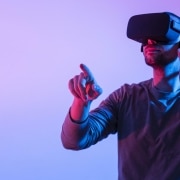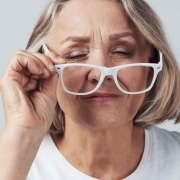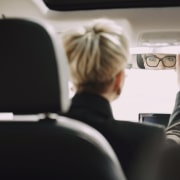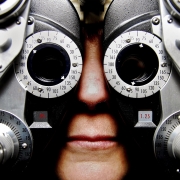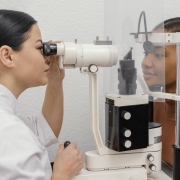How Is VR Being Used to Treat Low Vision?
When people think about virtual reality (VR), they’re likely to think about the technology being used in video games. However, VR offers more than just simulations. It can actually show the real world to people with poor eyesight. If you’re experiencing low vision in Charlotte, NC, see how these devices work.
Wearable Headsets
The headsets, which are currently similar to those used for video games, can be worn over the eyes and used for everyday activities. People with severe macular degeneration, retinitis pigmentosa, or glaucoma may be able to use them to watch TV, visit with loved ones, or read a menu at a restaurant.
The technology has a digital magnifier and an Optical Character Recognition feature that can read words aloud. These are revolutionary benefits in a world where most people might need an organ transplant to have this kind of functionality. A qualified eye doctor in Charlotte, NC can tell you more about VR and how it’s progressing in the medical world.
That being said, the technology is still in its infancy, meaning there’s still some road to travel before the headsets become more universal. The good news is that there are companies working on incorporating this technology into standard sunglasses, glasses, and contacts, though again, much of this technology is still being developed.
Visit an Eye Doctor in Charlotte, NC
For anyone who suffers from low vision, new aids like VR can offer hope to anyone who wants to maintain their sense of independence. At The Low Vision Centers of North Carolina, our staff is here to assist patients who want to learn more about their options. Contact us today with any questions or concerns you might have about your low-vision and how our selection of aids might be able to help.

